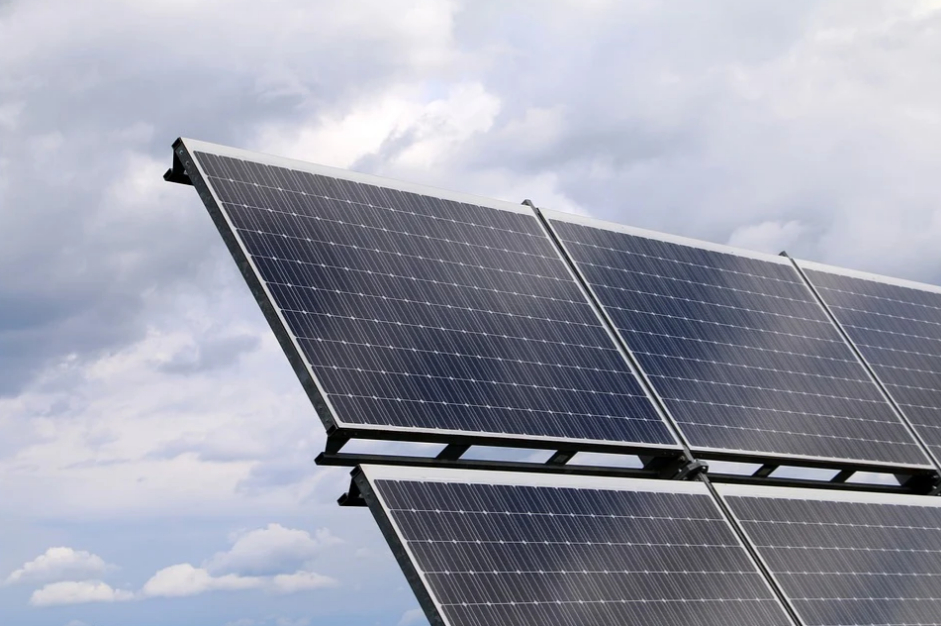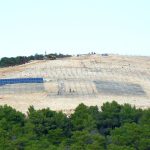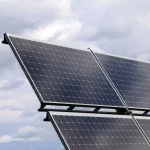
As Poslovni Dnevnik/PD VL native tim writes on the 31st of July, 2020, by building such power plants, HEP can ensure that in sunny areas, the energy drawn from them can supply a large number of consumers. This is especially important, for example, on Croatia’s many islands, where solar power plants can become an extremely important factor.
Given that they are efficient and don’t have harmful products in the production of electricity, they have an important position in the European Green Plan, which primarily implies a significant reduction in harmful amounts of CO2 in the atmosphere.
The goal of the Green Plan adopted by the European Commission is to make Europe the first climate-neutral continent by 2050. This poses great challenges, but also opportunities for all member states of the European Union.
Exactly how is Croatia currently positioned in all of this?
Croatia is in sixth place, ie at the very top of the list of EU countries, according to the share of renewable energy sources in gross final energy consumption. According to Eurostat’s data, for 2018, the share of RES in total gross electricity consumption in Croatia was 48 percent. In order for Croatia to meet its goal set in the Energy Development Strategy until 2030, with a view to 2050, it is necessary to build more than 1000 MW of solar power plants in the next ten years.
HEP plans to increase production from renewable energy sources by 50 percent by 2030. This goal is planned to be achieved by revitalisation, ie increasing the power and production of existing hydropower plants, the construction of new hydropower plants and significant investments in wind farms, solar power plants and other renewable sources. HEP has its Kaštelir solar power plant in operation in Istria, and this year alone, seven more will be built, and in cooperation with cities and municipalities, there will be as many as eleven new solar power plants across Croatia.
The solar power plant on the island of Vis, with a connection power of 3.5 MW, located on the Griževa glavica hill just southwest of the town of Vis, is already in trial operation. The expected annual production is about 5 million kWh of electricity, which can meet the needs of about 1,600 households. Thanks to the construction of this facility, the island of Vis received its own source of renewable energy and greater security of its own electricity supply. HEP is implementing this project in cooperation with the well known Croatian company, Končar, whose products are installed in the power plant. The value of the investment stands at 31.3 million. kuna In the next phase, a 1MW battery tank with a capacity of 1.44 MWh will be installed next to the power plant, which will be used to provide electricity balancing services and to preserve the stability of the network on the island.
In the area of the municipality of Žminj in Istria, the Marići plant, worth 9 million kuna, is about to be put into operation. It will produce about 1.2 million kWh of electricity annually, and should be commissioned during August this year.
The Kaštelir 2 solar power plant is being built at the Sabadin location in the area of the Kaštelir-Labinci municipality in Istria, and will produce 2.9 million kWh. The value of the investment is 15 million kuna. The project represents an extension of the existing SE Kaštelir, which has been in operation since back in December 2018 and in 2019, it produced 1.5 million kWh.
The Vrlika Jug solar power plant, worth 11 million kuna, represents the realisation of the first phase of the planned construction in the southern part of the Kosora Work Zone, in the area of the town of Vrlika. The connected power of the power plant will be 2.1 MW, and the expected annual production will be around 2.9 million kWh. It should start operating by the end of 2020.
The Obrovac solar power plant, worth 42.6 million kuna, is being built on the site of a former alumina factory. The expected annual electricity production of about 8.9 million kWh will be able to meet the needs of 2,800 households.
In the second half of 2020, the Stankovci solar power plant will be built. The expected annual production of 4.6 million kWh of electricity will be enough to supply 1,500 households. The value of the investment is 26.3 million kuna.
At the end of June, works were opened on the construction of the largest solar power plant in Croatia, on the island of Cres. The Cres solar power plant will contribute to strengthening the security of electricity supply and increasing the degree of energy self-sufficiency of the islands of Cres and Lošinj, especially in periods of increased consumption during the tourist seasons. The SE Cres project, worth 41 million kuna, was developed by Primorje-Gorski Kotar County until the location permit was obtained, when the project was taken over by HEP, which entrusted the construction to a consortium of PVI Solar, PVI GmbH, Intecco and Deling.
The 6.5 MW power plant will produce about 8.5 million kWh of electricity per year, which corresponds to the consumption of about 2,500 households. It covers an area of 17 hectares and is divided into 13 segments of individual power with a total of 20,330 solar panels that will be placed so as to allow for the unimpeded passage of small animals inside the solar power plant fence, as well as grazing sheep within the fenced area. Production will begin by the end of this year.
HEP cooperated with Croatian production forces on the construction of all of these power plants, and all the installed panels were from the successful Varaždin-based company Solvis.
HEP is considering the construction of two more solar power plants on the island of Cres, SE Cres 2 of 4.14 MW and SE Ustrine near Osor, with a capacity of 9.99 MW, which it is developing on the basis of a cooperation agreement with Primorje-Gorski Kotar County and Mali Lošinj.
As part of the EU INSULAE programme, HEP plans to build a 1 MW solar power plant with a battery tank on the island of Unije. This project is being developed in partnership with the Kvarner Energy Development Agency.
By 2023, HEP will invest 750 million kuna in solar power plants
Such projects are a great opportunity for all Croatian cities and municipalities, and on July the 2nd, 2020, HEP published a Public Invitation to all interested partners to express their interest in the development and sale of renewable energy projects in the Republic of Croatia, which will remain open until December the 31st, 2020. The call was sent to local self-government units for the joint preparation of development documentation for solar power plant projects, as well as legal and natural persons with slightly different criteria.
HEP decided to announce a new public call based on good experience in the response to their previous call from back in 2019. Based on the analysis of received expressions of interest and communication with local governments as potential partners, from September 2019 to April 2020, HEP signed agreements with 11 municipalities and cities on the development of solar power plant projects, with a total capacity of 120 MW.
HEP will invest 750 million kuna in the cycle of construction of solar power plants in Croatia during the period from 2019 to 2023 alone. These and other newly built HEP power plants will help meet Croatia’s obligations in implementing the European Union’s ambitious energy and climate goals, which were recently given their framework in the form of the European Green Plan.
For more, follow our business section.










